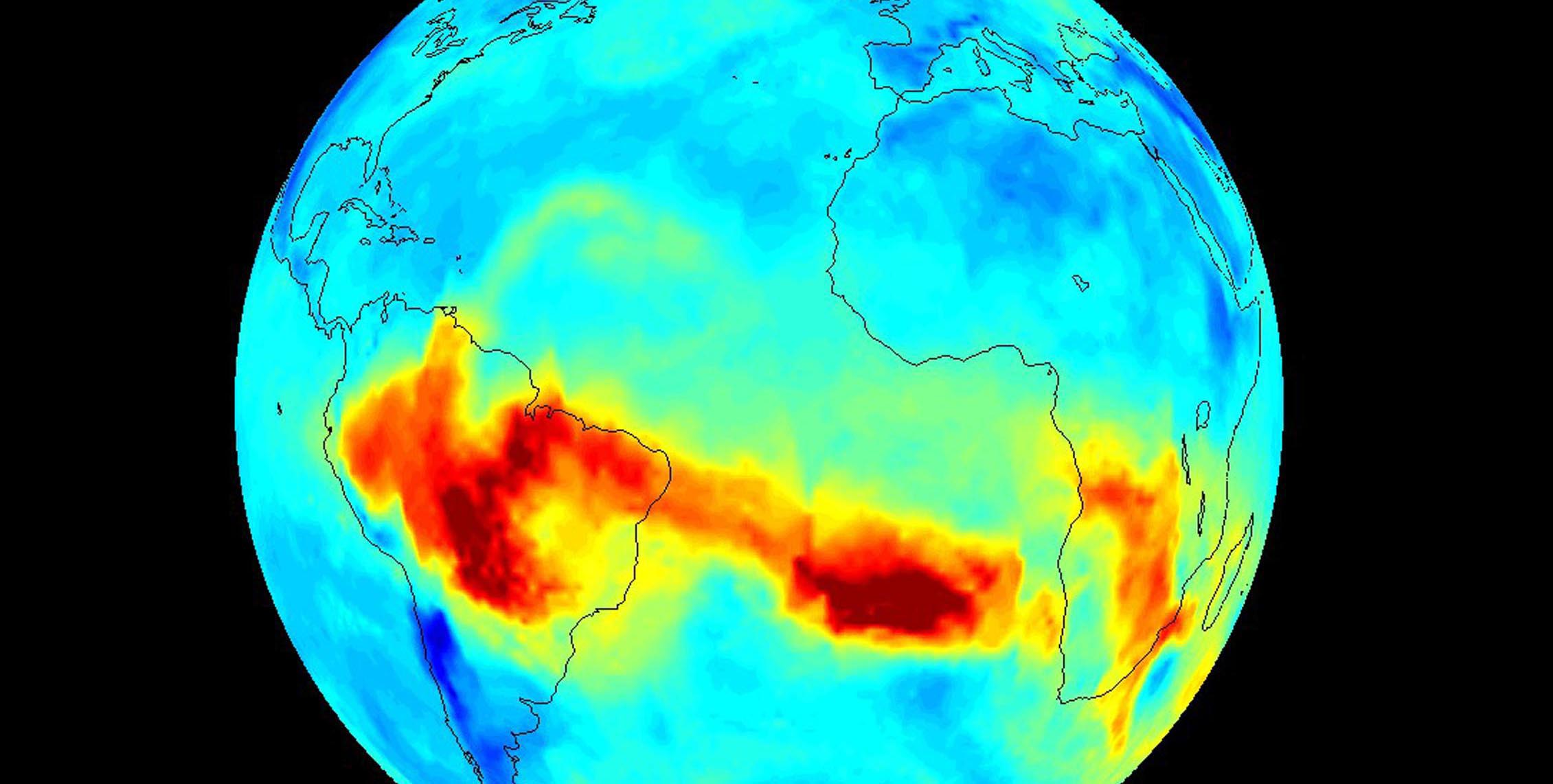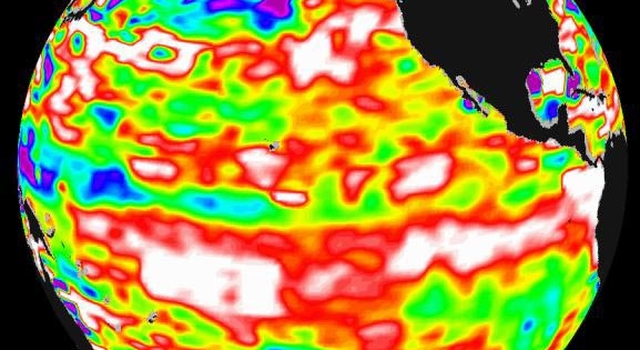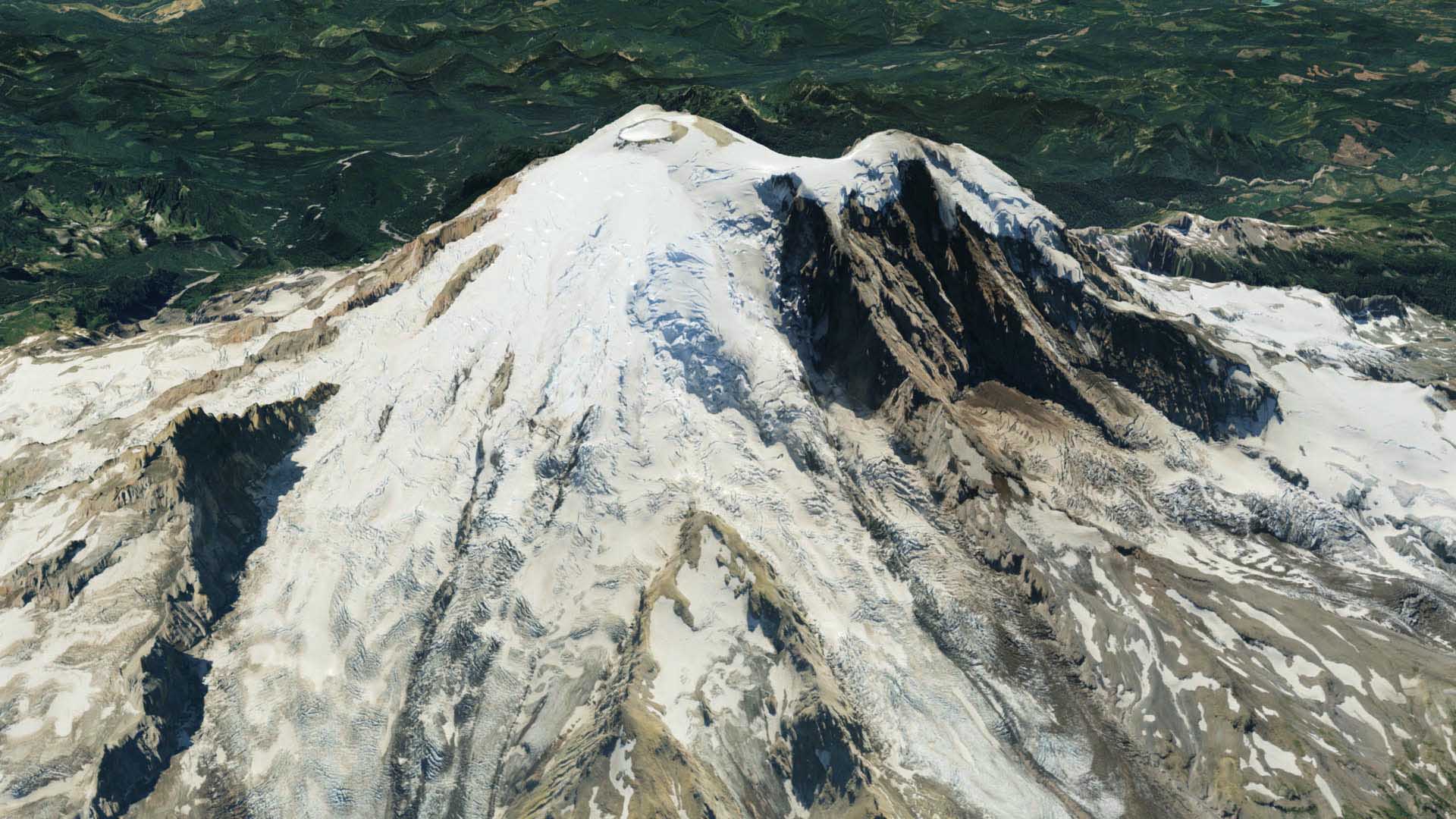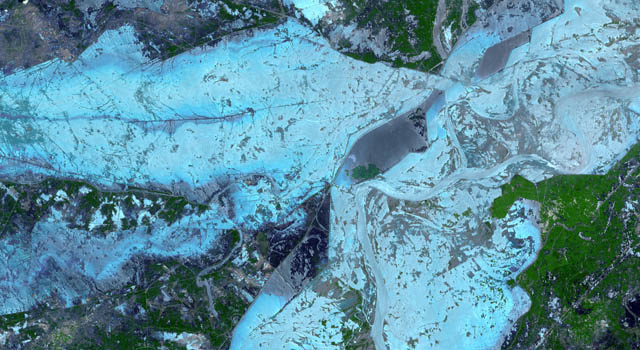Earth scientists at JPL conduct research to characterize and understand the atmosphere, land, and oceans on our home planet to make better predictions of future changes. Research is carried out in laboratory studies, aircraft, balloon, ground and space-based observations, theoretical modeling, and data analysis.
Earth Sciences
Atmospheric science at JPL is conducted by a diverse set of researchers who track ozone recovery, quantify tropospheric pollutants such as aerosols, ozone, and carbon monoxide, and develop state-of-the-art atmospheric models. All of these efforts complement each other as instrument, lab study, and modeling teams collaborate to improve their measurements and understandings of current atmospheric conditions.
Earth Science research at JPL on the carbon cycle and ecosystems focuses on carbon cycle-climate interactions, impacts of climate on ecosystem structure, function, and composition, as well as on disturbance processes, such as wildfire.
Researchers at JPL develop and use remotely sensed data products and measurements for sea level change analysis, as well as Earth system models for ocean and ice. They focus on improving current estimates of sea level change and its contributions using remotely sensed data.
Solid earth research focuses on researching processes that occur within Earth’s crust, mantle, and core. Researchers at JPL use data from multiple NASA missions, both space and airborne.
JPL researchers focus on observing and understanding total land water storage, soil moisture, surface water (rivers and lakes), and snow.




